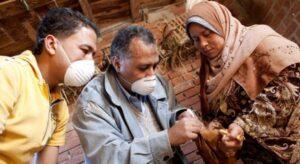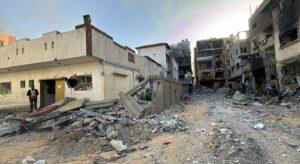In 73 countries, 308 million people now depend on humanitarian aid – a number that continues to increase. Women and girls are affected disproportionately by these crises, faced with deaths related to pregnancy, malnutrition and alarming levels of sexual violence.
Despite growing needs, the humanitarian system is faced with serious financing deficits, threatening rescue services for women and girls.
Suspended programs
According to a United Nations survey among the 411 women’s defense organizations for women who provide services in crisis areas, 90% have already been affected by financing reductions.
A 51% staggered was forced to suspend the programs, including those who support survivors of sexist violence.
Pushed by the edge, almost three -quarters of the organizations questioned also said they had to dismiss staff – many at significant levels.
Already underfunded even before the recent wave of cuts, female organizations serve as “life buoy” for women and girls, especially in crisis circles.
With these organizations serving as cornerstone of humanitarian response, Sofia Calltorp, UN Humanitarian Action UN Chief, qualified the situation as “criticism” because the funding cuts threaten essential and vital services.
Local women leadership
Despite the growing challenges, female organizations remain unwavering – “directing courageously, pleading for their communities and reconstructing lives with resilience and determination,” said Non Gender Equality Agency.
In light of the results, UN women recommend prioritizing and monitoring direct, flexible and multi -year funding of local women’s and women’s rights of which work is threatened.
Placing local women’s leadership and significant participation in the center is the basic pillar of humanitarian reset. “Supporting them and resources are not only a question of equality and rights, but also a strategic imperative,” said Calltorp.




